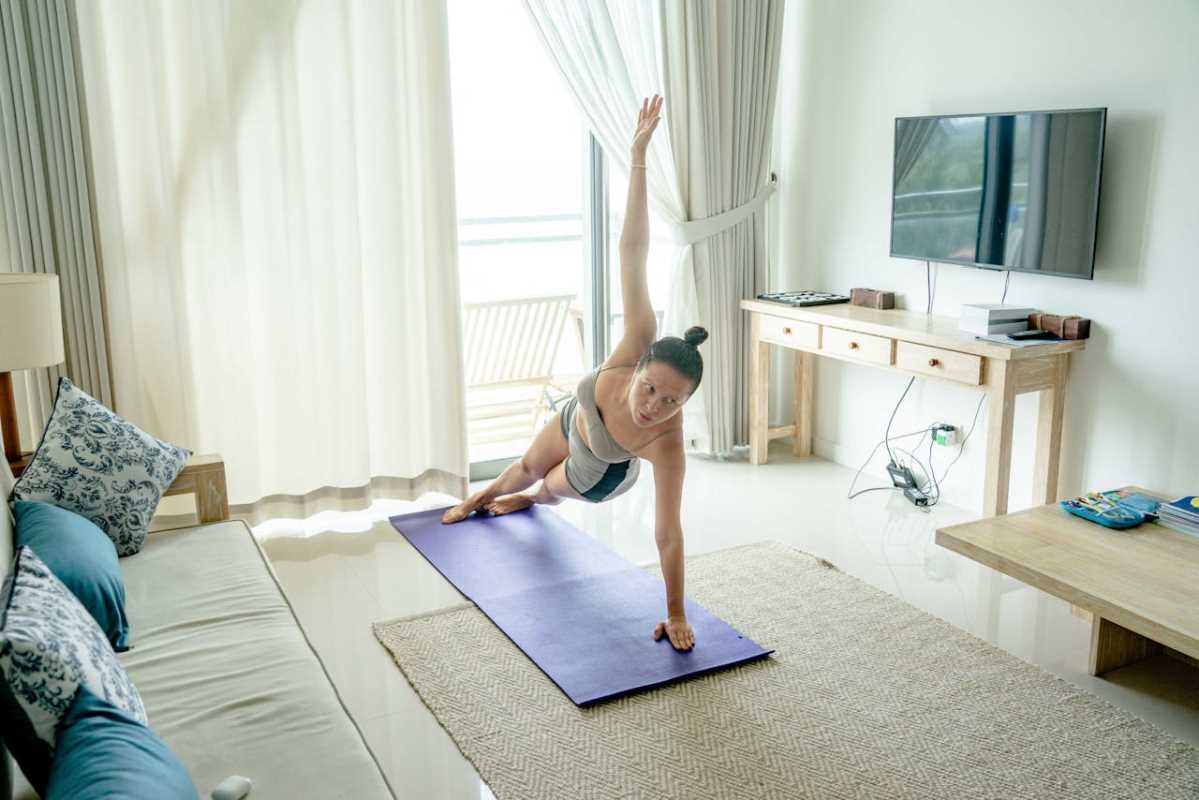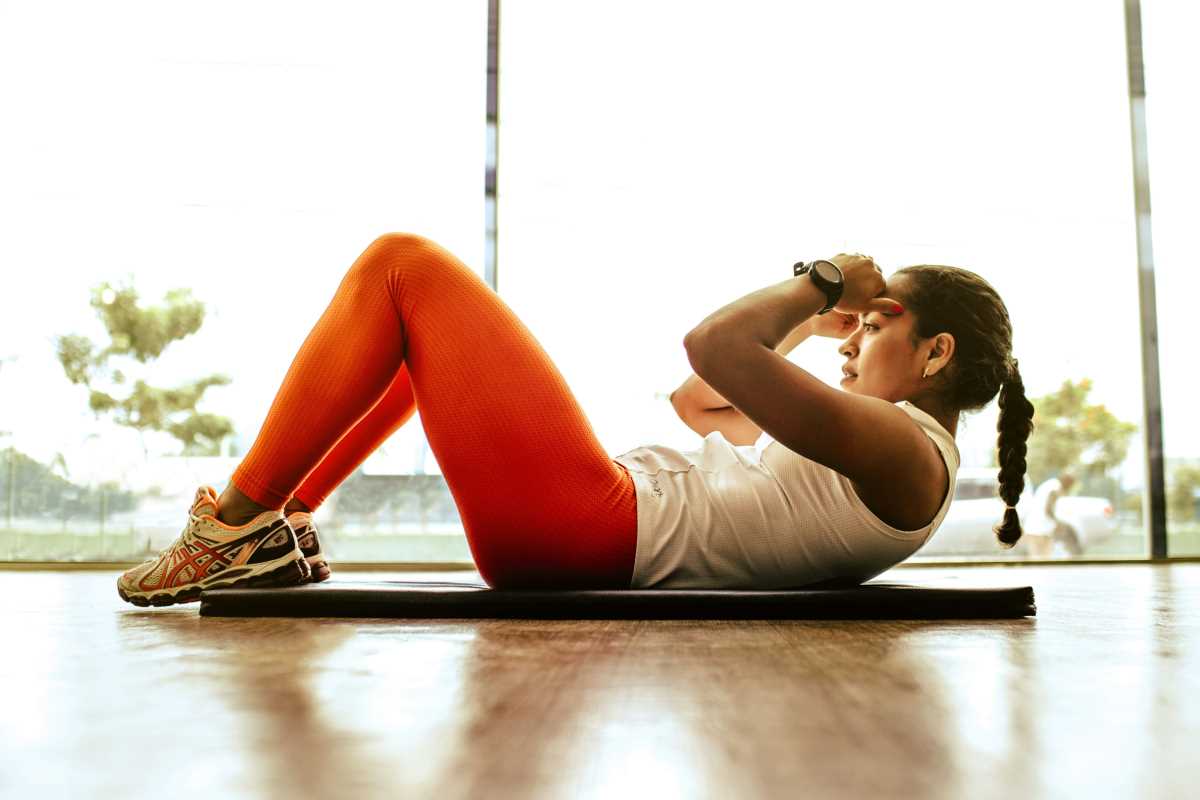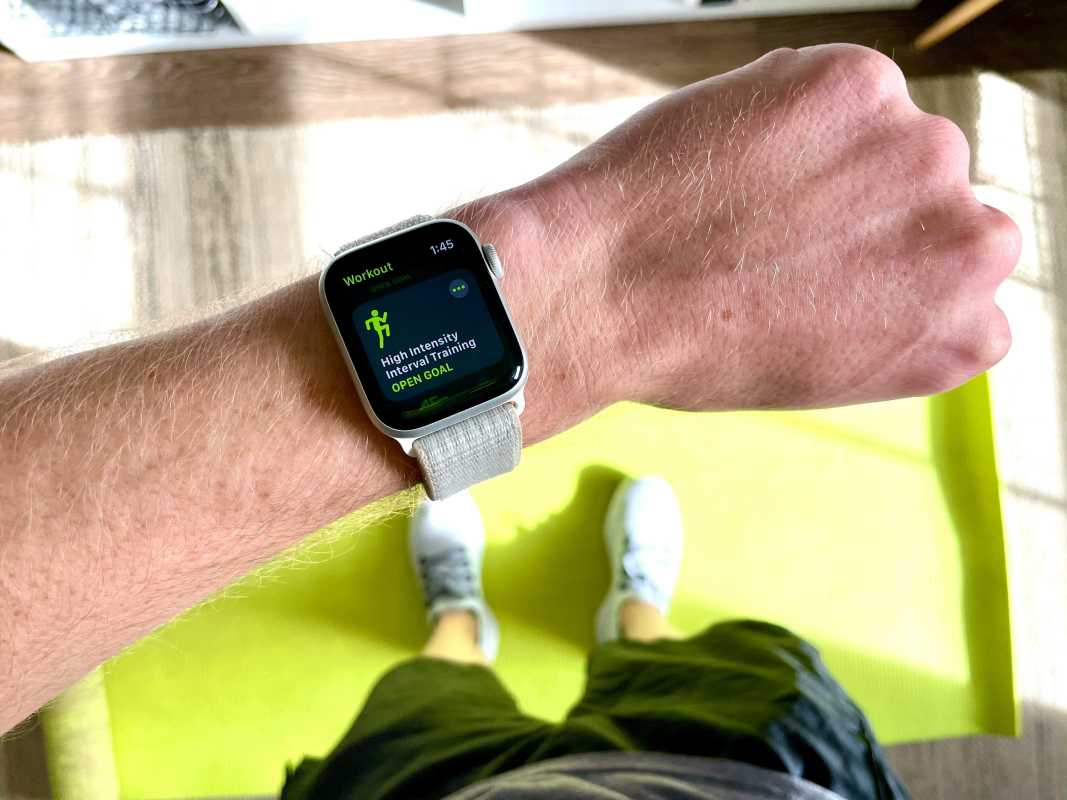Training for a marathon challenges both body and mind, demanding more than just long runs. Adding specific strength exercises to your routine builds the power needed to tackle hills and maintain form when fatigue sets in. Runners at all levels—whether chasing a new best time or hoping to cross the finish line—gain an edge from stronger legs, a stable core, and better flexibility. Improving these areas supports endurance and helps prevent injuries during those crucial miles. Discover simple adjustments you can make to your training that will help you feel stronger and more prepared on race day.
Begin with simple steps, concentrate on proper form, and see your times improve.
Core Benefits of Strength Training for Marathoners
Strength training does more than increase muscle size. It corrects weak spots and converts extra effort into energy savings.
- Prevent injuries by maintaining muscle balance
- Enhance running economy by increasing power output
- Improve stability on uneven terrain
- Build endurance even when tired
Adding these workouts several times weekly produces noticeable improvements on roads and trails.
Technique 1: Compound Lifts for Leg Power
Squats, deadlifts, and lunges work multiple muscle groups in one move. They directly lead to stronger push-offs and better hill climbing.
Start with bodyweight versions, then add dumbbells or a barbell once your form becomes solid. Aim for three sets of 8–12 repetitions, resting 60–90 seconds between sets.
Use goblet squats if you don’t have a barbell. Hold a kettlebell at chest level, sit back into your hips, and keep your knees aligned over your toes. Pair these with Romanian deadlifts to strengthen the hamstrings and lower back.
Technique 2: Core Stability Exercises
Remaining upright when tired prevents unnecessary movement. A stable trunk transmits force more efficiently from legs to ground.
- Perform plank variations: front, side, and opposite-arm-leg raises
- Lie on your back and lower opposite arm and leg slowly (dead bug)
- On hands and knees, extend one arm and the opposite leg (bird dog)
- Hold a hollow position: keep a slight gap under your lower back while holding your legs off the ground
Combine these moves into a 10-minute circuit twice weekly. Expect to notice less sway in your torso even at mile 20.
Technique 3: Upper-Body Strength Routines
Strong shoulders and back help you maintain good posture during long runs. Tired upper traps or lats can cause collapsed shoulders and shallow breathing.
Focus on rows, push-ups, and reverse flies. Use resistance bands or light dumbbells for two to three sets of 12–15 repetitions. Keep elbows close during rows to activate your mid-back muscles effectively.
Try a banded pull-apart: hold a band at shoulder height and stretch it until your arms are straight out to each side. Hold briefly, then return to starting position. This simple move opens your chest and balances the hunch that develops after hours of running.
Technique 4: Dynamic Mobility and Flexibility Drills
Loosen stiff hips and calves to improve your stride. Dynamic drills activate connective tissue without sacrificing power.
Do leg swings, walking lunges with a twist, and ankle circles before each run. Spend 5–10 minutes on these to increase blood flow and reduce tightness.
After running, use foam rolling on your quads and IT bands. Follow with static stretches—hold each for 30 seconds, focusing on hamstrings, hip flexors, and calves. This helps you recover faster and prevents lingering aches and pains.
Technique 5: Periodization and Progression Strategies
Adding too much weight too quickly can cause setbacks. Plan phases of building strength, maintaining it, and tapering before the race.
Start with a base period: light weights, higher repetitions (12–15) for 3–4 weeks. Then move into a strength phase: moderate weights, 8–10 repetitions for three weeks. Finish with a power or taper phase: lower repetitions (4–6) and explosive exercises like jump squats.
- Weeks 1–4: Build a foundation with bodyweight and band exercises
- Weeks 5–8: Increase load, focus on compound lifts
- Weeks 9–12: Incorporate plyometrics and reduce volume before race week
Building your leg strength, core stability, and upper-body power improves your running. You’ll run longer, harder, and stay more in control each mile.
 (Image via
(Image via





